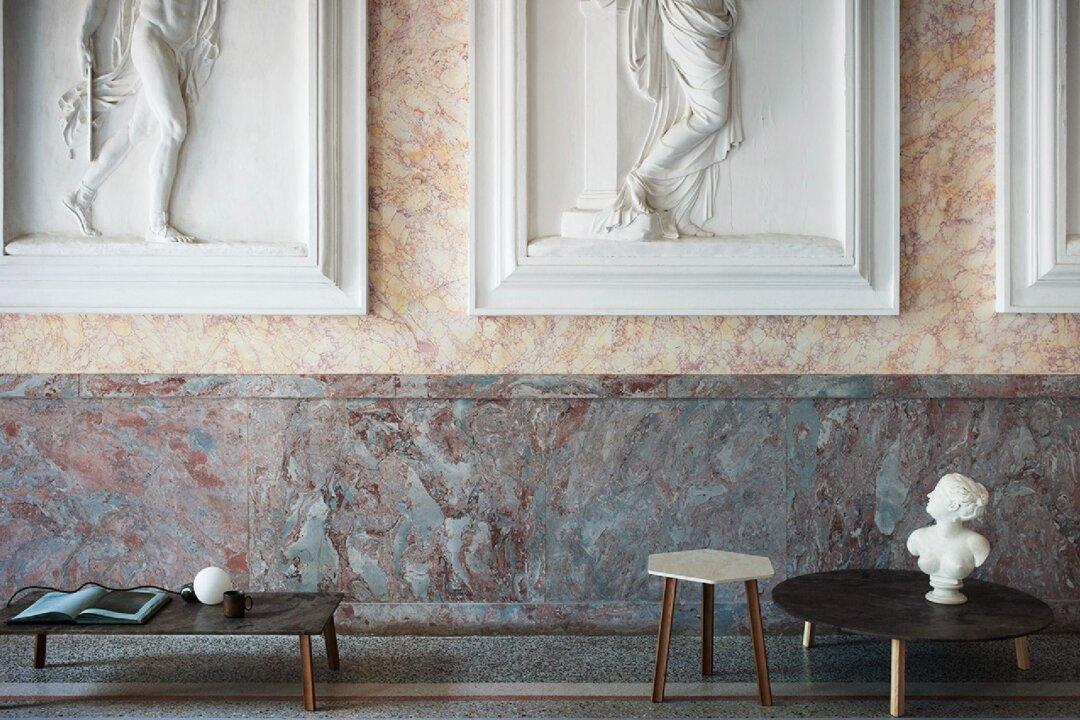The story of the man behind the Louis Vuitton brand resembles the male version of “Cinderella.” Now, 200 years after his birth, the label is ranked the most valuable luxury brand in the world, worth $75.7 billion in 2021.
The esteemed Louis Vuitton name doesn’t bring to mind the image of a young boy running away from home with nothing and crossing France by foot, but rather a pair of weathered hands whose craftsmanship outshined that of his fellow craftsmen. Yet, the determination and character of the founder of the luxury brand is exemplified from the beginning of his story and follows him through his life journey.





